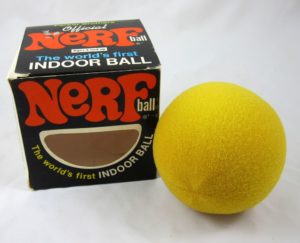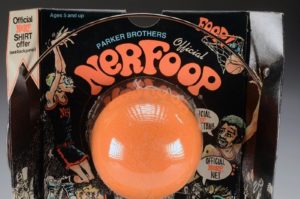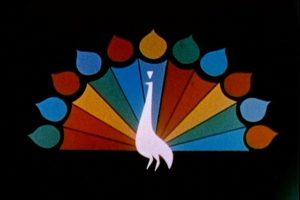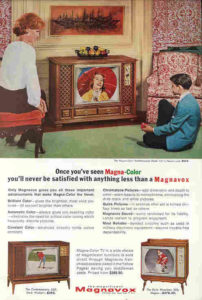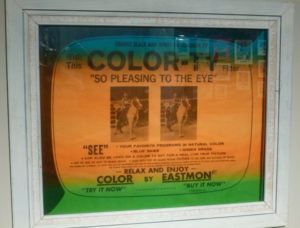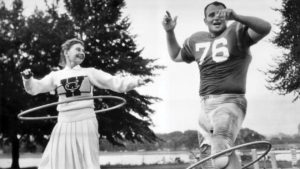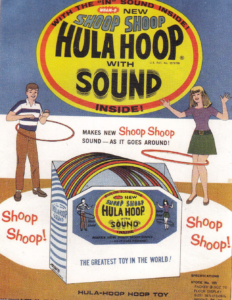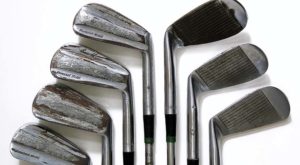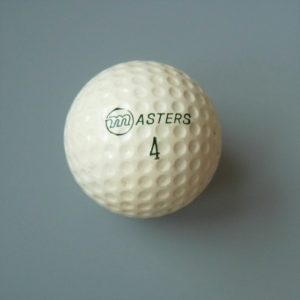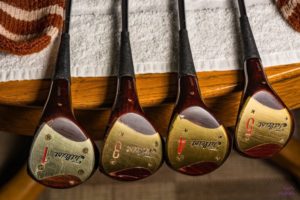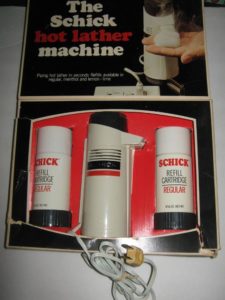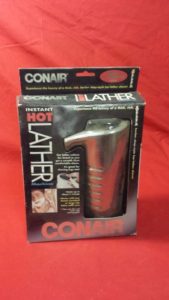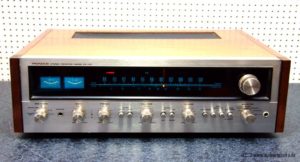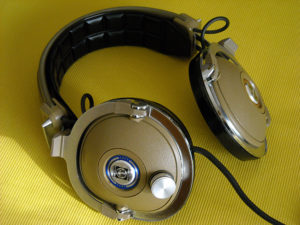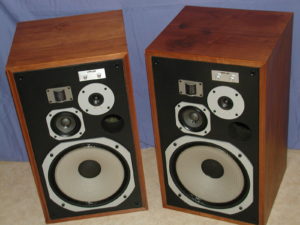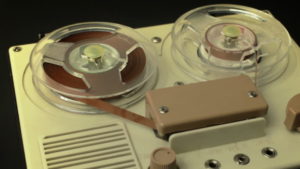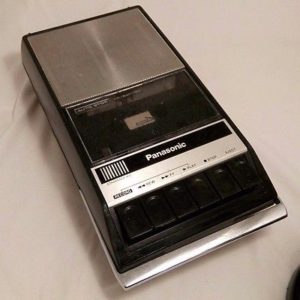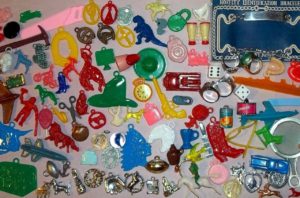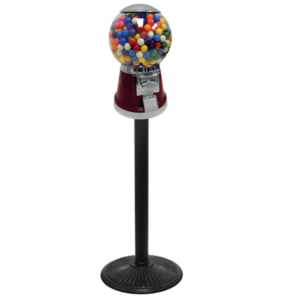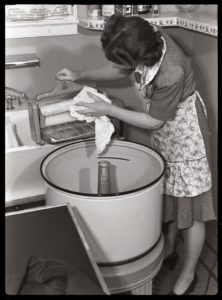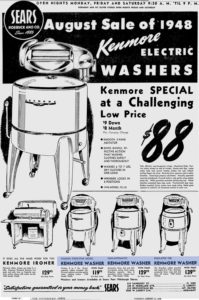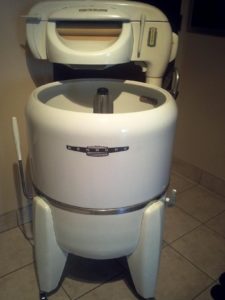It’s a pleasure to offer today’s I Remember JFK memory as a currently available toy, and NOT as something that disappeared while you weren’t looking! Indeed, Slinky, and its manufacturer, Poof-Slinky, Inc.(a company owned by the family of Slinky’s inventor) stand tall as triumphant survivors which have weathered harsh economic times, changing public tastes, and the relocation of American manufacturing jobs to third world countries.
That Slinky TV commercial was replayed thousands of times in the 60’s, and the tune is instantly recognizable to anyone who was there, particularly if you happened to be a child. Our parents were used to being hounded for money to purchase Slinkys at the dime store. And many times they would give in, recognizing that the durable toy had been around since WWII was still raging, and seeing it as a good investment.
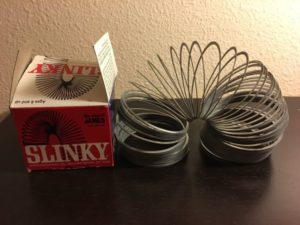
The year, in fact, was 1943. According to the official Slinky website,
(Richard) James, a naval engineer, was conducting an experiment with tension springs. During the experiment, one of the springs fell to the floor and began to “walk.” James took the spring home to his wife, Betty, and asked her if she thought it was something they could pursue. Betty had a vision for a toy and scoured the dictionary, looking for an appropriate name. She came across the word “slinky,” a Swedish word meaning stealthy, sleek and sinuous. Toy history was made.
James borrowed $500 and designed a machine that would coil flat wire. He created 400 Slinkys and offered therm for sale at Gimbel’s Department Store in Philadelphia. Fearing embarrassment from no sales, he gave a friend a dollar to make the first purchase. He needn’t have bothered. Demonstrating the Slinky’s ability to “walk” down an inclined board with no battery power required, the 400 units sold out in less than two hours.
James expanded operations, and soon ended up at Hollidaysburg, Pennsylvania, where Slinkys continue to be manufactured today.
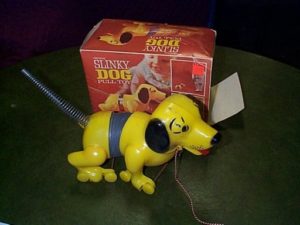
The Slinky quickly became an ubiquitous part of American culture. The durable toy could theoretically last forever. However, throwing it into a toy box sometimes resulted in the coil becoming bent and deformed. Like Humpty-Dumpty, all the king’s horses and men couldn’t fix it at that point.
Some time in the early 50’s, the Slinky Dog appeared. As the YouTube commercial shows, by the 60’s, there was a menagerie of Slinky critters.
Many of them still survive, as do miniature models and plastic versions painted bright colors. My coworkers are used to hearing the “slink-slink” sound of my own classic metal Slinky as I take a break from programming to reset my brain cells.
And Slinkys have proven beneficial for more than just play. During the Vietnam war, grunts discovered that attaching a Slinky to a radio’s antenna and stretching it out greatly enhanced their communications range. Slinkys have also been put to work in various industries where an inexpensive, flexible spring is needed. And Slinkys have long been used by teachers and scientists to demonstrate wave forms and centripetal force.
But that’s not what impresses us Boomers who grew up with Slinkys. No, it was the absolutely bonzer ability they had to walk down the stairs.
So a big hats off to Slinky, and the James family who continue to make them in Pennsylvania. We Boomers love survivors.
